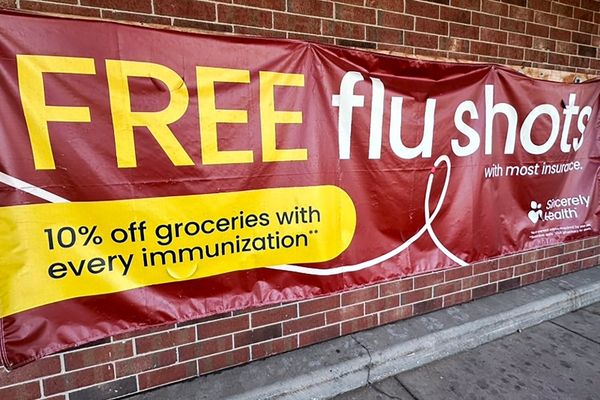
HUL plans to acquire 51% in OZiva in the first tranche and a 19.8% stake in Wellbeing Nutrition. It is comforting that the gross margins of both these companies are roughly around 55% each. That is higher than HUL’s gross margin of nearly 47% in the half year ended September (H1FY23). But given that OZiva and Wellbeing Nutrition are still in the growth stage, they aren’t much profitable at the operating margin level.

HUL has proved in the past that it has the capability and resources to significantly boost small acquisitions, cases in point being Indulekha and VWash. “We like HUL’s strategy of acquiring and ramping up small companies to fill white spaces, thereby strengthening its portfolio," said a Nuvama Research report dated 8 December.
What also helps is that the H&W (vitamins, minerals and supplements) segment is estimated to have a market size of ₹30,000 crore in the next 4-5 years. “Post the pandemic, consumers are more conscious of the need for preventive care and are focusing on health in a much more holistic manner," point out analysts at JM Financial Institutional Securities.
Moreover, the target companies cater to the premium part of the H&W category. For instance, if Horlicks is priced at x, then OZiva is at 8x. These businesses will be accounted under HUL’s beauty and personal care division. Further, HUL could also leverage on the expertise of its parent, Unilever Plc. This company has created a business of 1 billion euros globally in H&W with brands such as Liquid I.V. and Olly.
Going ahead, “With start-up capital drying up for small direct to consumer companies, we expect further consolidation to happen in this space. This would favour large fast-moving consumer goods companies," said the Nuvama report. To be sure, HUL’s acquisitions face competition from Ayurveda and pharma companies, which deal with similar products.
Meanwhile, HUL’s shares have risen by 15% in CY22 so far, which is decent. With the stock near 52-week highs, meaningful upsides hereon would depend on easing input costs and a pick-up in rural demand.








